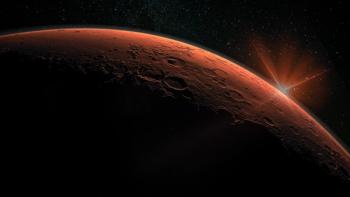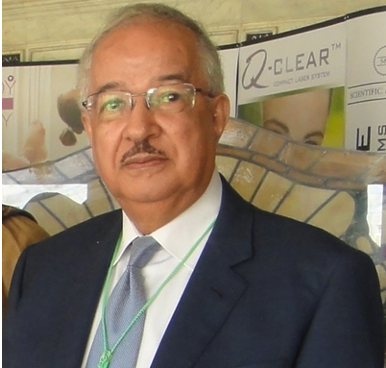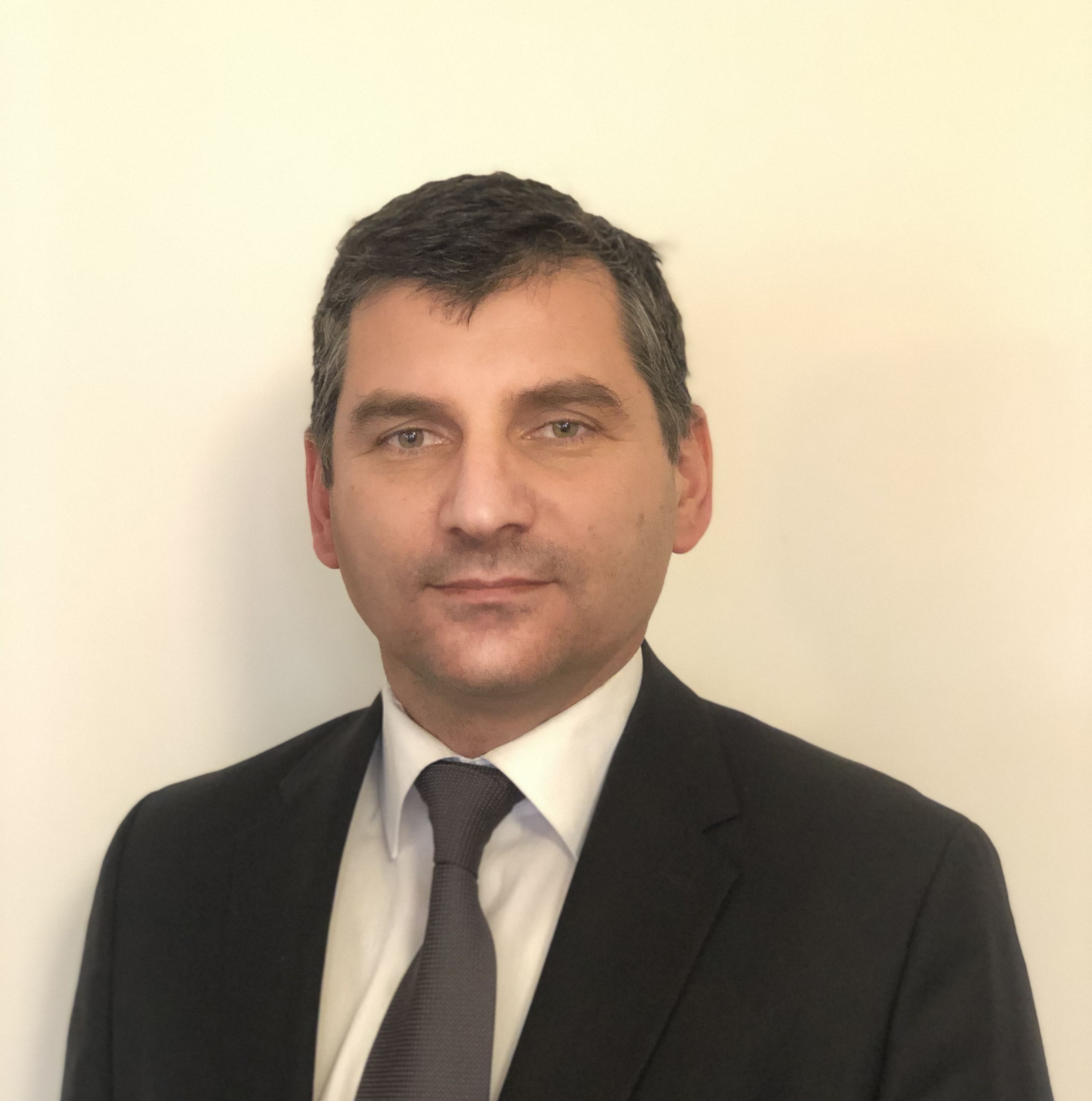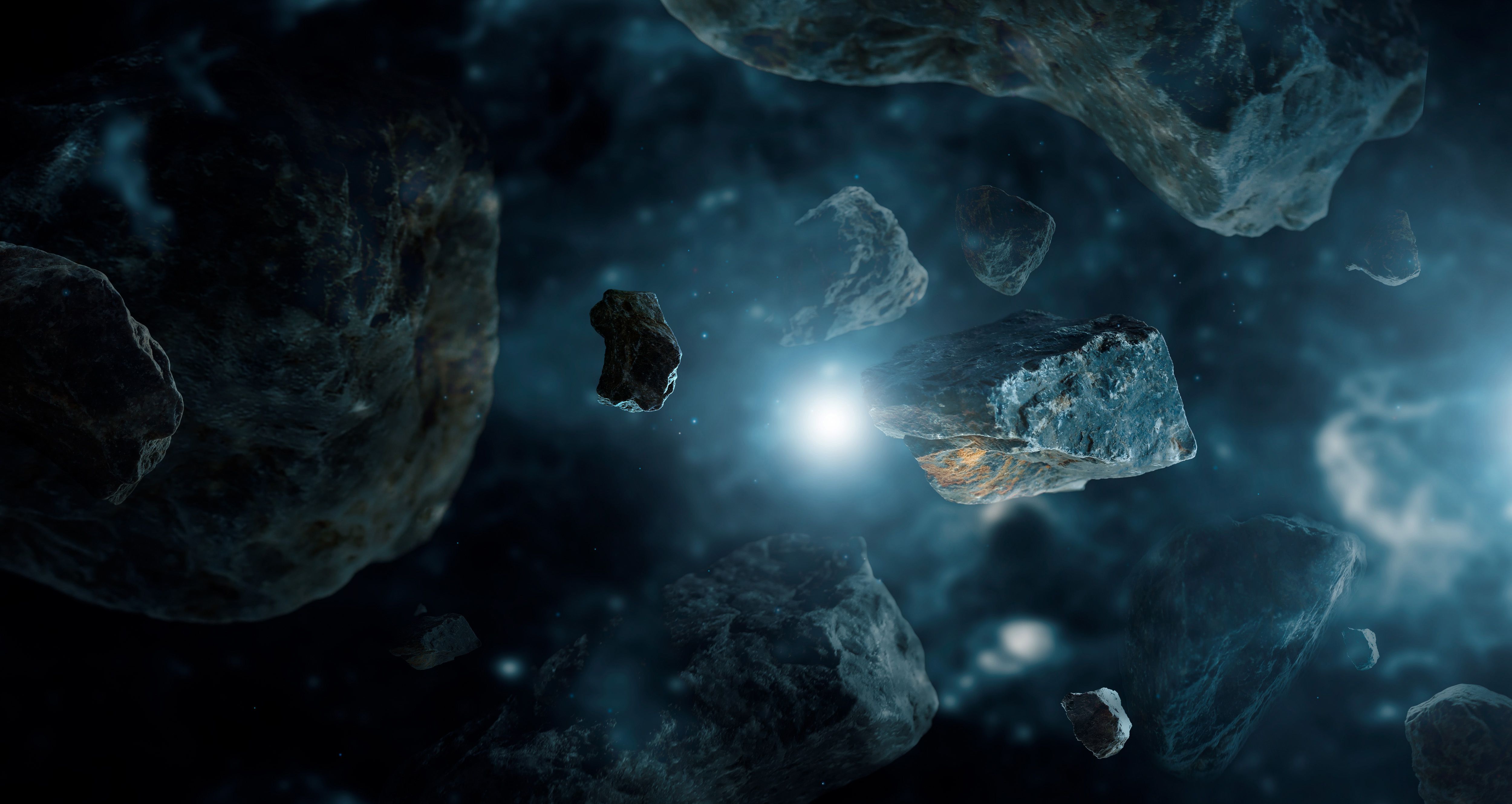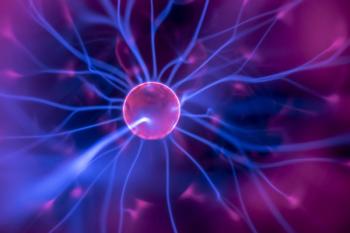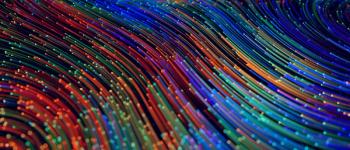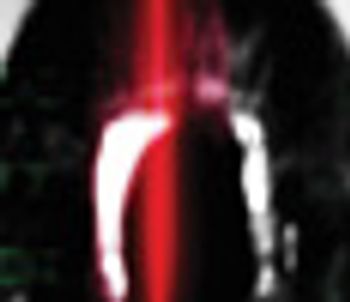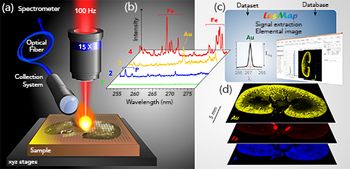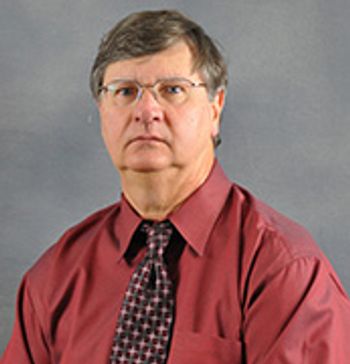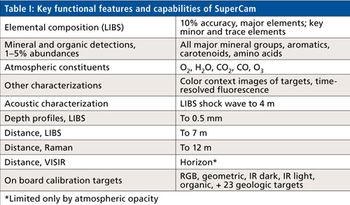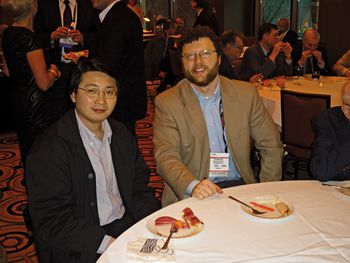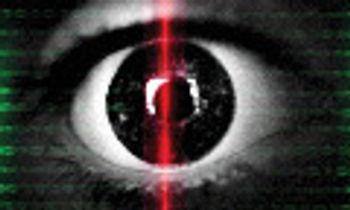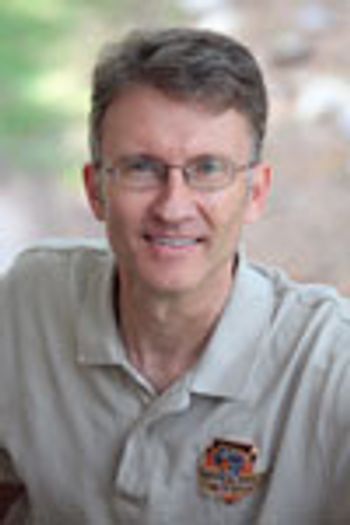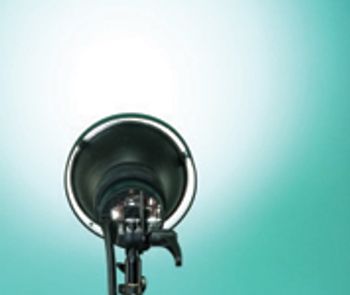The SuperCam remote sensing instrument suite under development for NASA’s Mars 2020 rover performs laser-induced breakdown spectroscopy (LIBS), remote Raman spectroscopy, visible and infrared (VISIR) reflectance spectroscopy, acoustic sensing, and high resolution color imaging. The instrument builds on the successful architecture of the ChemCam instrument which provides LIBS and panchromatic images on the Curiosity rover, adding the remote Raman spectroscopy by frequency doubling the laser and using a gated intensified detector to obtain Raman signals at distances to 12 m. To the visible reflectance spectroscopy used by ChemCam, an AOTF-based infrared spectrometer is added to cover the 1.3-2.6 µm range that contains important mineral signatures. A CMOS detector provides color (Bayer filter) images at a pixel resolution of 19 µrad and an optical resolution of 30 µrad. Sounds are recorded via a Knowles Electret microphone, which is the same one that was unsuccessfully attempted on two earlier missions. The acoustic signals of the LIBS plasmas will provide information on the hardness of the targets, while other sounds (wind, rover sounds) will also be recorded. The laser, telescope, IR spectrometer, and camera reside on the rover’s mast and are provided by CNES, while the LIBS, Raman, and VIS spectrometers and data processing unit are built by LANL and reside in the rover body. A calibration target assembly provided by U. Valladolid, Spain, resides on the back of the rover. The overall mass of the instrument suite is 10.7 kg.
